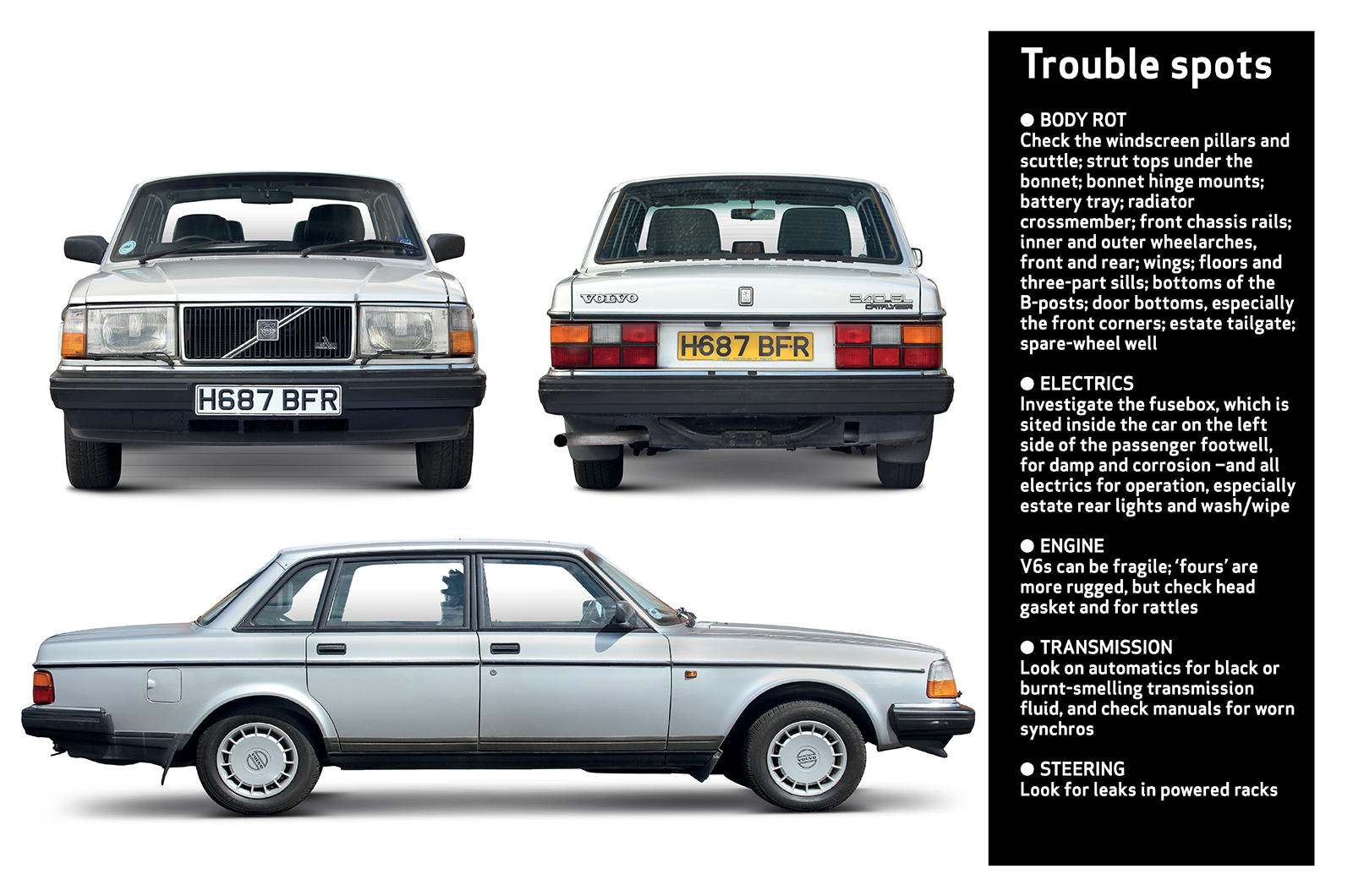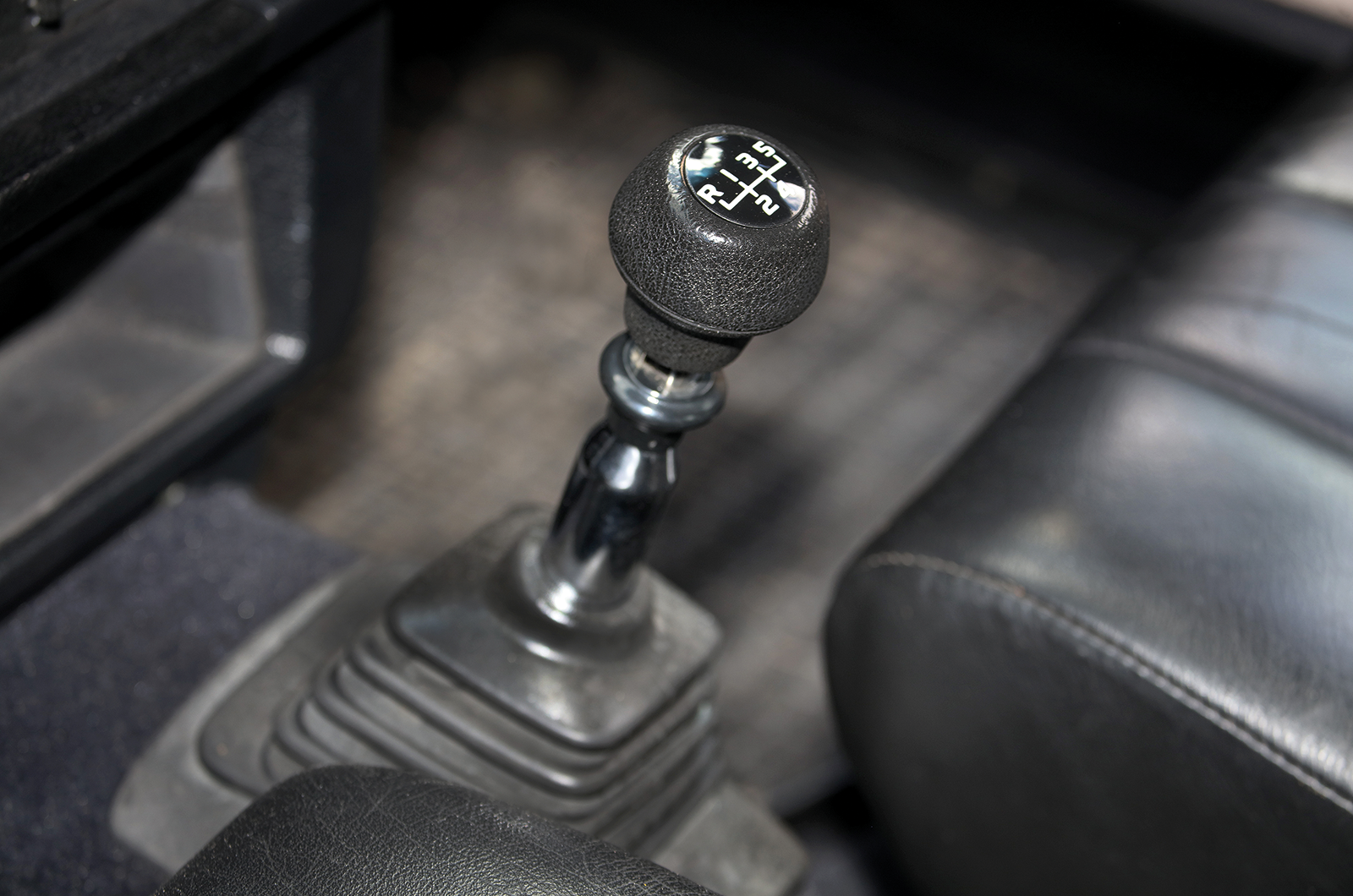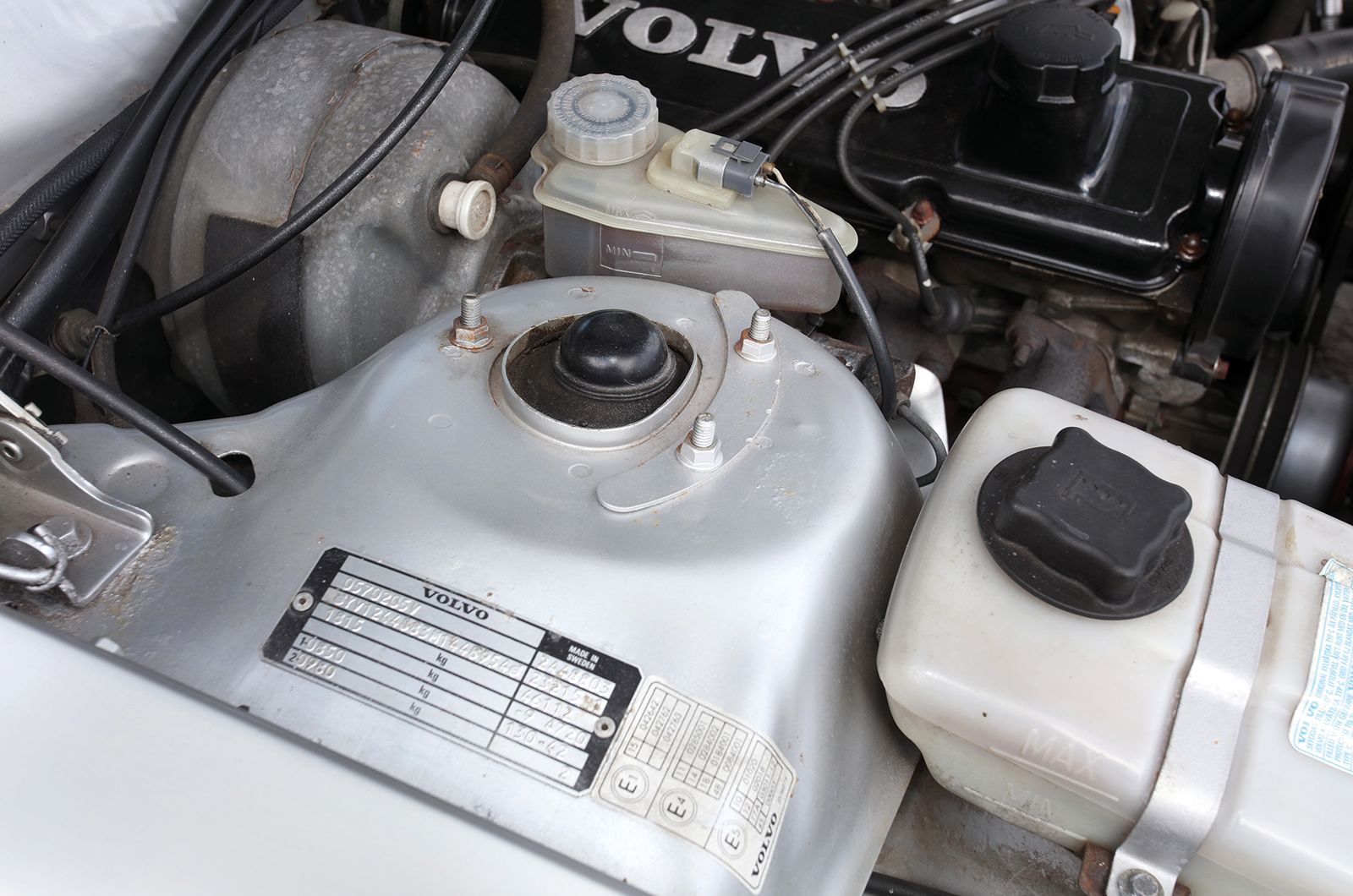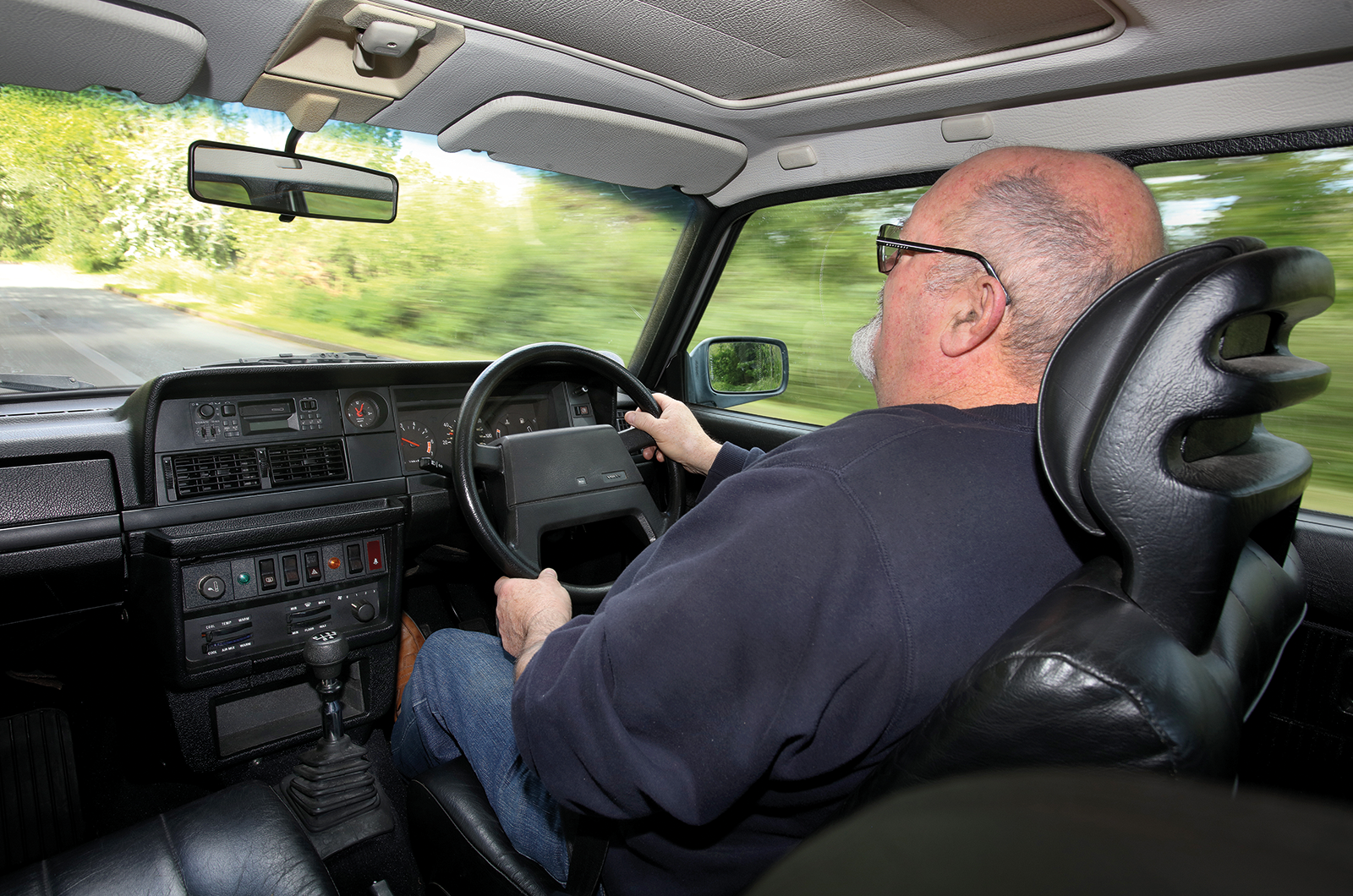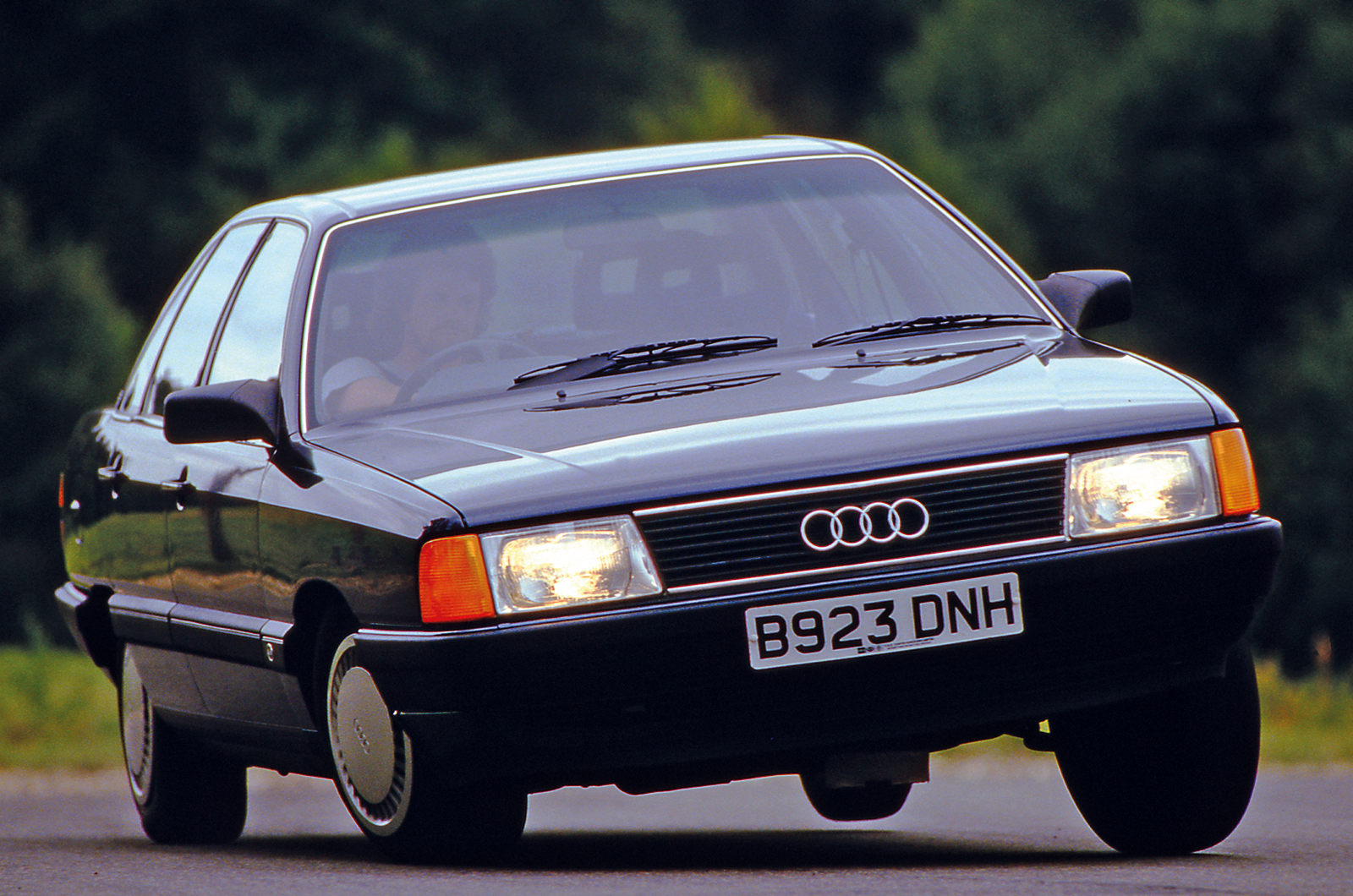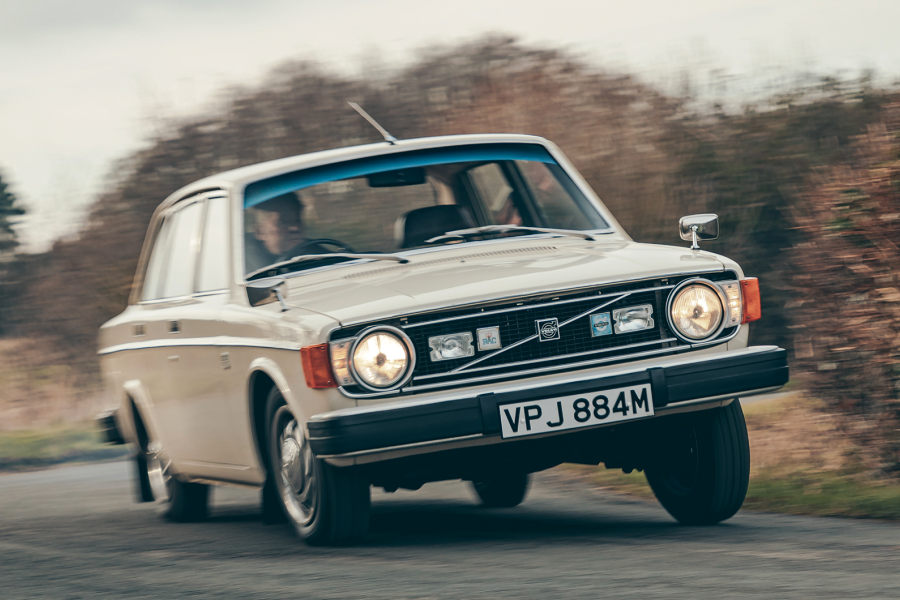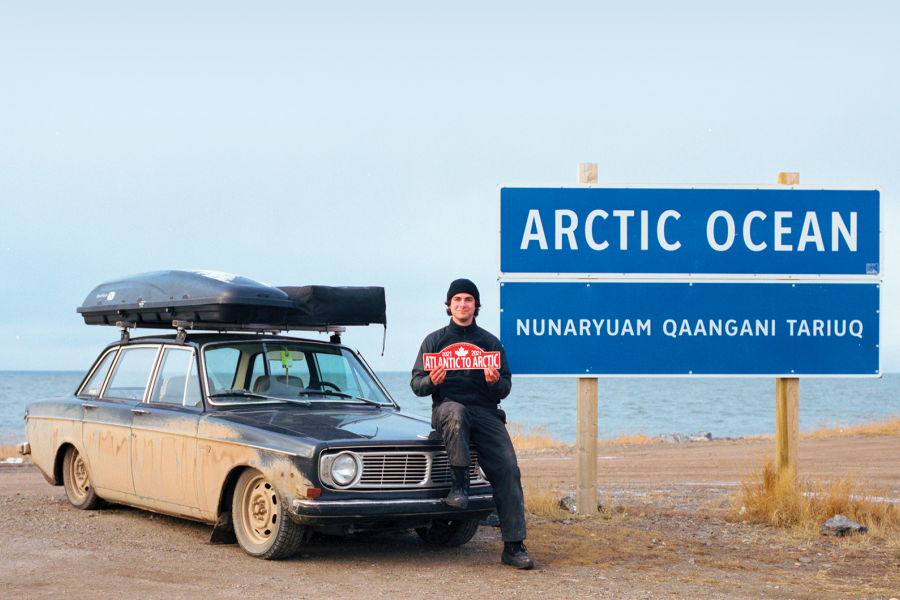
Why you’d want a Volvo 240 series
Building on the success of the boxy 140 saloons and 145 estates, the 240 series ran from the mid-’70s to the start of the ’90s, selling on space, strength, safety and reliability.
A belt-driven (non-interference) overhead camshaft and crossflow aluminium head on a new slanted block gave a much-needed performance boost over the old pushrod engines; rack-and-pinion steering and MacPherson struts brought the running gear up to date; and a facelift integrated the 5mph US impact bumpers more comfortably than on most.
Bosch K-Jetronic injection gave the GL saloon and 245E estate a useful 123bhp. The new PRV ‘Douvrin’ V6 was also an option, though it was rarely specified and rather sluggish with auto transmission.
More sporting models were offered later, especially the 244/240 GLT and the 2.8 V6, with improved transmissions.
Estates came with a heated rear ’screen with wash/wipe and the option of another row of (rear-facing) seats to make a seven-seater.It never did get a split/folding rear bench, despite continuing to 1993.
Volvo was one of the first to fit 999,999-mile/km odometers, and to add variable lumbar support in the very comfortable, highly adjustable seats.
From the start, some areas were galvanised and from 1988 this included the doors, bonnet and bootlid.

The cars were sold worldwide, with some markets getting models never seen in the UK including the 242 two-door saloon, 242 GT, 244 Turbo and five/six-cylinder diesels.

